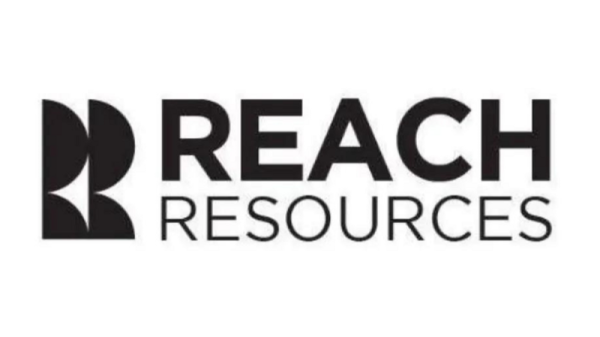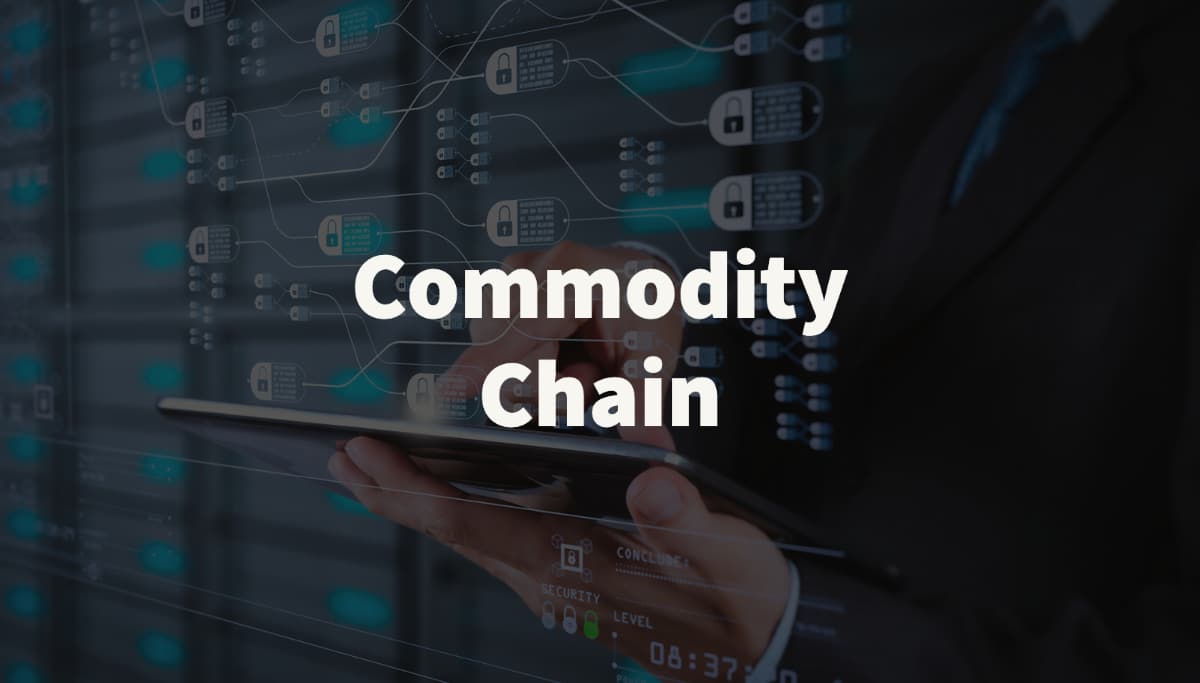Defining a commodity chain, with some examples
When thinking about commodity trading, understanding commodity chains is essential. Without understanding this concept, traders would have little understanding of how commodities are made. Therefore, in this article, we will be exploring commodity chains, how they work and give some examples of them in the real world.
So, what is the definition of a commodity chain? To start with, commodity chains are the process by which commodities arrive to consumers. It takes place in several stages. First, people extract and gather resources from all around the Earth. The next stage is turning these raw resources into commodities. They either do this themselves or transfer the resources to firms that will transform the raw materials. Once they have created the final product they distribute them to consumers across the world. They do this either directly or through intermediaries such as supermarkets or local shops.
As we have described then commodity chains are important in local, national economies. However, they are more important in global trade, connecting all these economies together in the world system.
Examples of commodity chains
To further clarify how these work, there are a few examples of commodity chains we can give. One classic example is the coffee industry.
First of all, farmers grow and collect coffee beans in many countries across the globe. This includes Ethiopia and Brazil. They then find distributors to transfer the products overseas for processing. The countries they export to are mainly in North America and Europe, where the largest coffee markets are. The most important of the production processes is roasting, which manufacturers carry out here. They may also grind the coffee beans, depending on the kind of product they are preparing. From this point, they distribute the coffee to supermarkets, cafes, and coffee shops. This is where consumers will finally be able to reach the products. So in this example, we have seen many links in the coffee commodity chain. We started with coffee bean growers/farmers, moved to distributors, then manufacturers, and finally to retailers.
Mobile phone manufacturing
Another great example is the creation of mobile phones. Mobile phones require the gathering of a great variety of materials, mostly metals. This includes silicon for the chips, and lithium for the batteries, among many others. Plastics are also necessary, which means the use of crude oil or natural gas. Of course, the exact necessary materials depend on the specific phone model. For the most part, the materials are gathered in China, and similar countries in coastal areas. Coastal areas allow for ease of transport after production via ports.
Here, they create necessary components for phones such as microchips. They may also assemble the phones themselves here or distribute the parts to Southeast Asia for assembly. China and Southeast Asia have rather cheap labour available, which usually means poor working conditions. They then ship the assembled phones across the world, where prices are determined by supply and demand. Unlike the previous example, large companies have a large hand in the whole commodity chain here. This includes those like Apple and Samsung which sell them to consumers. As these are quite complicated products, the companies have very precise requirements from the manufacturers.
The oil industry
A final example is the oil industry. This process starts with the extraction of oil. This could be in Russia, the Middle East, or many other locations. They extract the oil by drilling. Next, this crude oil to factories for distillation, to make usable products. This includes gasoline, paraffin, among others. They then distribute these products wherever they are necessary. This could be for use as fuel for cars, making houses, etc. Sometimes a single company controls the whole process. Sometimes companies only control one point in the production process, like extraction or distillation.
So here we have seen the global commodity chain definition as well as examples of these commodity chains.
The post Defining a commodity chain, with some examples appeared first on FinanceBrokerage.


































